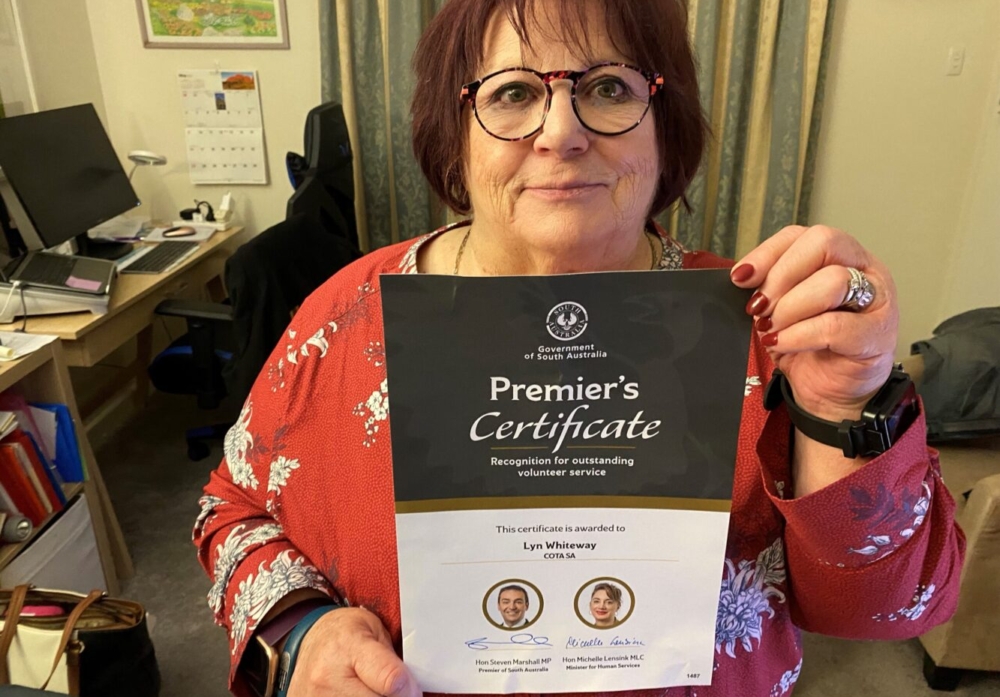My story from sepsis survivor to sepsis advocate…I woke up feeling very unwell and when I got out of bed and put my left leg to the floor I nearly fell over. The pain was excruciating and I could hardly make it to the bathroom. I had a shower thinking that would help but just standing up made the pain in my back and left leg unbearable. I decided to spend the day in bed hoping it was just one of those days, I have rheumatoid arthritis so often get weird pain and feel very unwell, but as the day wore on I realised I was getting worse. My husband duly called an ambulance and they were very concerned and told me that they would take me to the A&E. I was seen fairly quickly, did a urine screen took paracetamol for my pain and the pain eased but I wasn’t putting any weight on my leg. I was told I had a virus and they would call my husband to collect me but he convinced I should be admitted. I felt so unwell I could hardly talk. My husband shortly arrived and as I got into the car he asked me why they didn’t admit me and why didn’t I say something. I told him I felt so ill all I wanted to do was get in to a bed. He wasn’t happy and took me straight to our GP who took one look at me and told me to go straight to another hospital and not wait for an ambulance and there would be a doctor there waiting for me.
I duly arrived at the hospital and was raced off for an MRI of my spine and then seen by two doctors, one of whom is an infection specialist. I don’t remember much of my first week in hospital, I was hallucinating as I saw hundreds of faces on the wall of my room and a nurse would come in and asked me who I was talking to and I remember saying once that it was the Queen. I also remembered much later having a bag of ice put on my head to bring my temperature down. I was in that hospital for nearly four weeks on iv antibiotics through a PICC Line, Cefazolin and Gentamicin and Fentanyl injections for pain. I was told I had Sepsis and an epidural abscess extending from T11 to L4.
During my time in hospital I was visited by three doctors on different occasions who told me that had I got to the hospital 24 hours later I would be dead. A very sobering thought. I left hospital on a dose of five times the normal dose of Keflex daily which I took for 18 months. During that time I saw my infection specialist every week for two months and then monthly for 16 months. During those weeks in hospital I was using a walking frame to get to the bathroom as the pain took about two weeks to subside and I spent most of my time in bed until the last few days.
Once at home I felt quite tired and drained for about six months and had nightmares about getting sepsis again on many occasions. I still have the odd one seven years later. I do get days where I am unable to do much more than sit in a chair and doze. I never know whether that’s caused by the RA or after effects of Sepsis. I am still very wary of getting infections as I am immunosuppressed because of the medications I have to take for my RA. Every time I spike a fever or get a small infection I panic, I never want to feel as bad as I did that month, I really thought I was going to die. It is the second most traumatic thing that has ever happened to me, the first being that my first baby was a full term stillbirth. I remember also feeling really toxic whilst taking Keflex for 18 months. Mixed feelings, one was that I felt relieved that there was probably no chance of getting a blood infection again whilst I was on such a high dose of antibiotics, the other that I did feel vaguely unwell and as though I was being slowly poisoned!
I’m still here, a very active and vocal consumer advocate in the health system, private and public, state, national and internationally. My International committee is the Staphylococcus aureus Network Adaptive Platform trial(SNAP) where I sit as the consumer advisor. I feel very privileged to have won the position and delighted that they take any concerns I have seriously, and that doesn’t always happen as a sepsis survivor and consumer advocate.

